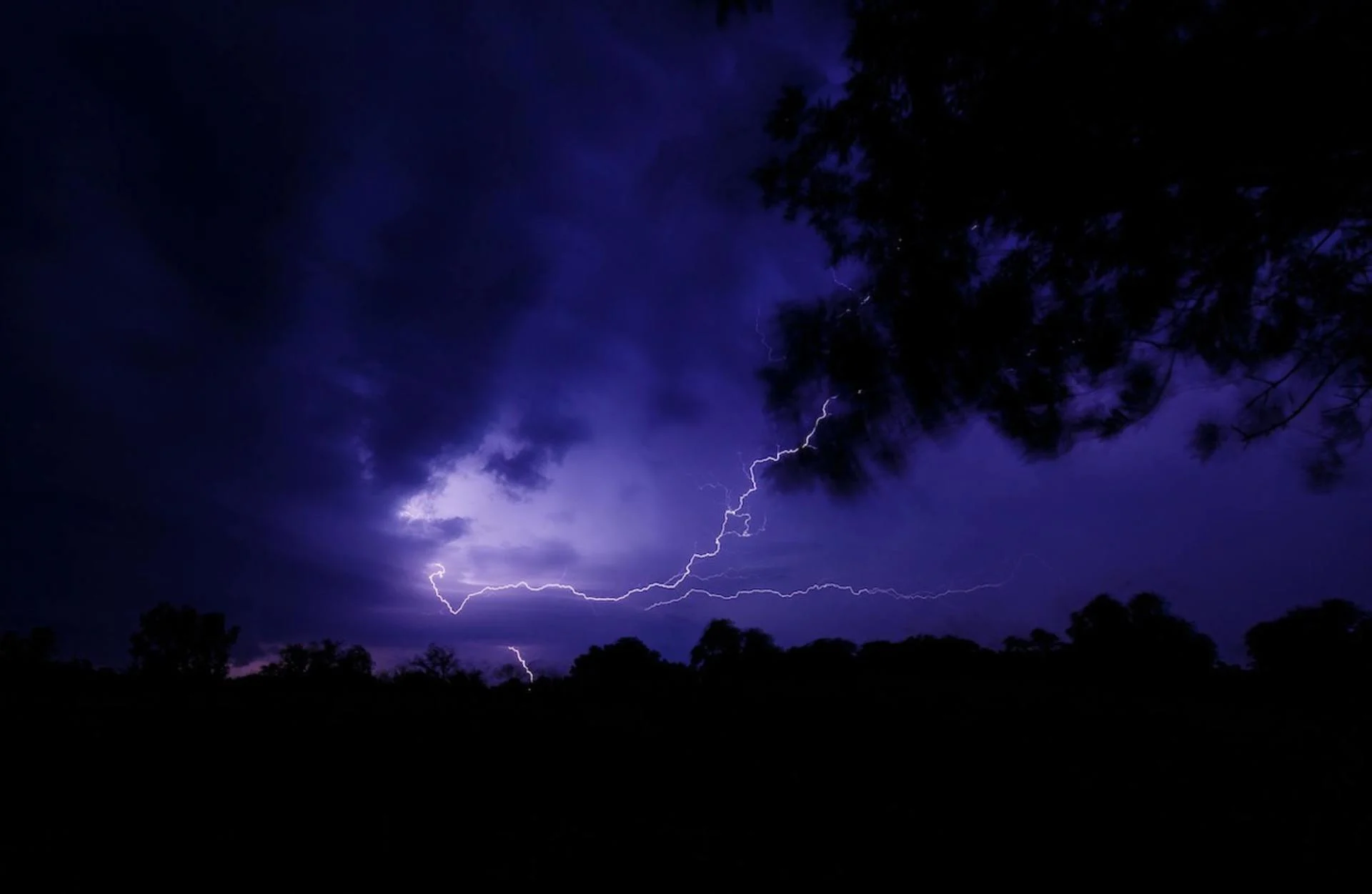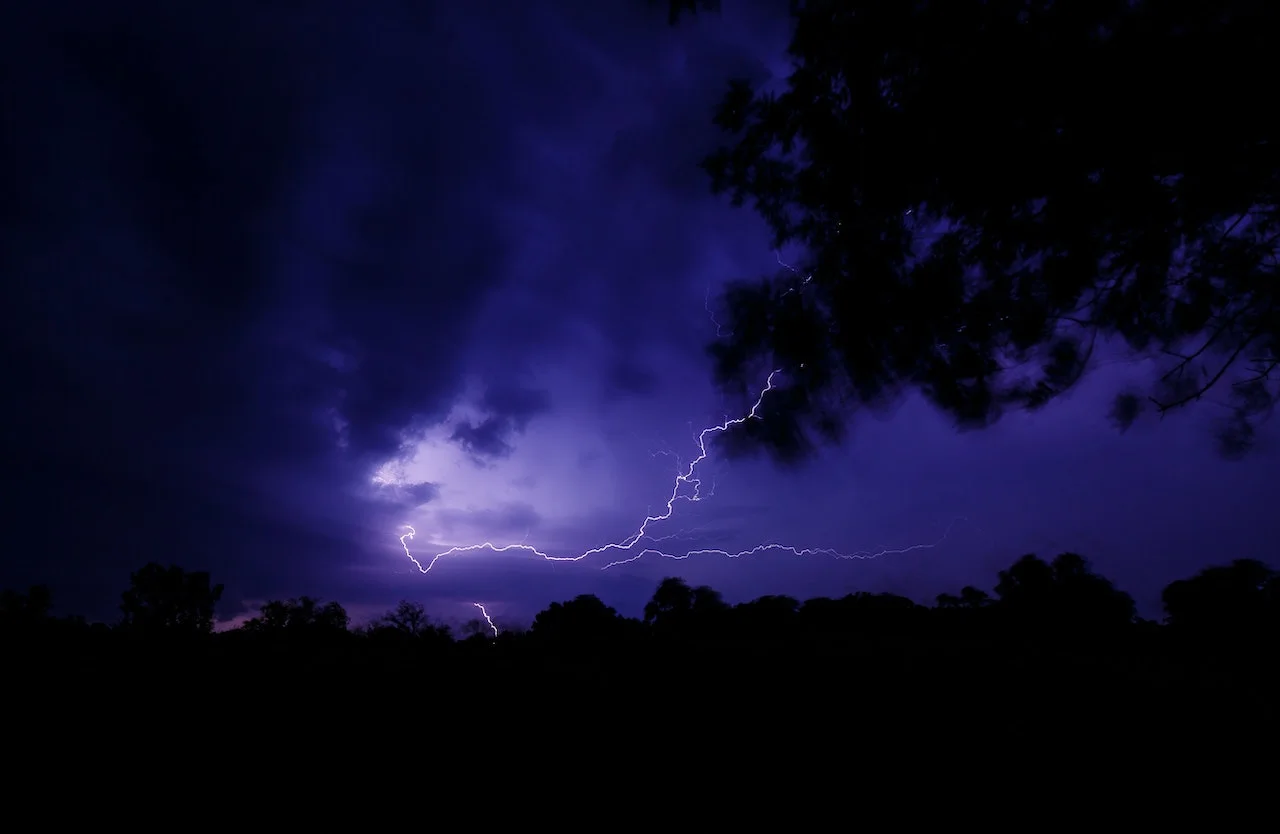
Why nocturnal thunderstorms can be particularly dangerous
Thunderstorms always present a danger, no matter what time of the day, but when they occur at night the risks can be greater, so you should be alert and thoroughly prepared.
Thunderstorms are most common during the afternoon hours, fuelled by energy from the sun, which warms the Earth’s surface and helps create instability in the atmosphere.
But the instability that powers storms can sometimes persist after sunset, creating the conditions for nocturnal or nighttime thunderstorms -- with frequent lightning that can illuminate the sky.
DON'T MISS: Now's the time to take a second look at your boat safety kit
Thunderstorms always present a danger, no matter the time of day. In addition to frequent lightning and torrential rain, stronger storms can produce hazards including large hail, damaging winds, and localized flooding.
When thunderstorms occur after the sun goes down, the darkness can make them even more dangerous. So it's important to be aware, stay alert and be prepared for when there is the threat for nighttime thunderstorms in the forecast.
SEE ALSO: Lightning safety tips: What you need to know to stay safe
Why the dangers can be amplified at night
The greatest risk with nighttime thunderstorms is that they often catch people off guard. Conditions can change and become dangerous very quickly, while people are unaware or even asleep.
Storms usually weaken through the evening hours with the loss of daytime heating, however, this isn’t always the case. Under certain circumstances, storms can maintain their intensity well into the overnight period.

According to Jessie Uppal, a former meteorologist at The Weather Network, nocturnal thunderstorms are more difficult to forecast.
"Well, not only are they dangerous, but they are also more difficult to forecast and detect. These storms are typically elevated, meaning they form much higher above the surface over cooler air near the ground," said Uppal.
Some of the storm's elements may be difficult to see, including tornadoes, hidden by rainfall or hail, or just a lack of light, so this can pose an increased and unseen threat to safety.
DON'T MISS: Can lightning strike the same place twice?
While tornadoes typically occur during the daylight, when all the favourable dynamics are in place, they can still happen after dark.
For example, this happened in Illinois in June 2021. A tornado occurred in the Chicago area around 11 p.m. EDT. Approximately a dozen homes were damaged, and there were several injuries, CBS Chicago reported.
Most times that a confirmation of a tornado is occurring or imminent is through radar and/or trained spotters, so it's extremely important to keep up to date on forecast changes and developments.
How to be prepared, stay safe during nocturnal thunderstorms
The Canadian Red Cross and The Weather Network offer a number of tips on what to do before, during and after thunderstorms, which applies to them occurring at night.
When Environment and Climate Change Canada (ECCC) alerts Canadians to risky conditions, The Weather Network distributes those warnings on this website, on television, on smartphones through the apps, by text messages and to other broadcasters through the Alert Ready public-safety messaging system.
Before
The key to staying safe is to prepare and to have an emergency plan in place, as well as an emergency kit.
Listen to local news and weather reports for information on changing weather conditions
Pay attention to weather watches and warnings. Thunderstorms are tracked before they occur. Visit Environment Canada or The Weather Network for up-to-date information on thunderstorm conditions, storm maps and weather warnings
Power outages can occur during thunderstorms. Learn how to be prepared for one
During
When thunder roars, go indoors. If you're still outside at night during a thunderstorm, immediately seek shelter or a safe place to wait out the storm. Watch for signs of a storm, like darkening skies, lightning flashes or increasing wind
Stay away from windows
Unplug appliances
Do not use the telephone
Avoid running tap water
After
Continue to take precautions and listen to and follow directions from local authorities
Listen to local news and weather reports
Thumbnail courtesy of NOAA/Unsplash.
Follow Nathan Howes on Twitter.











